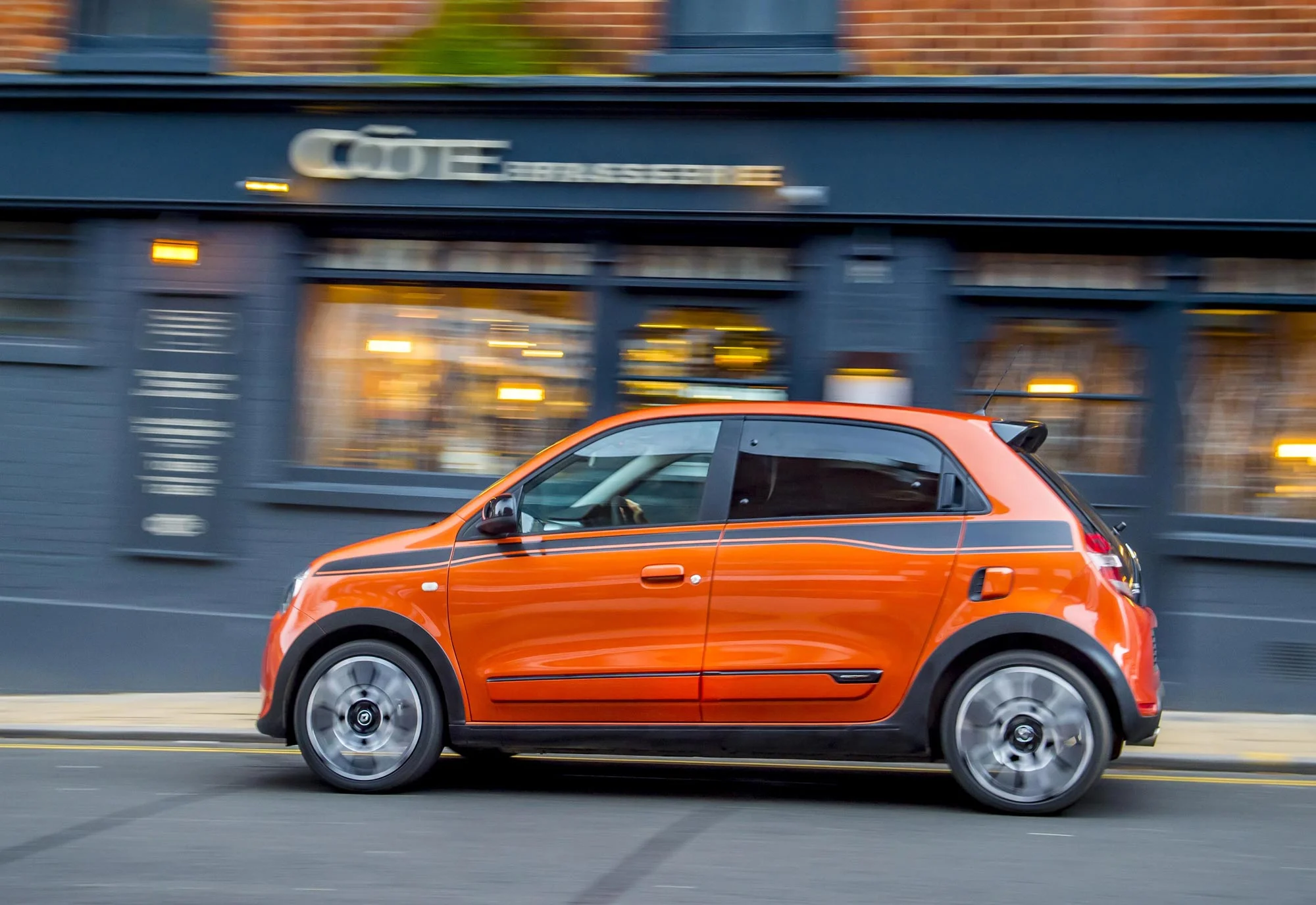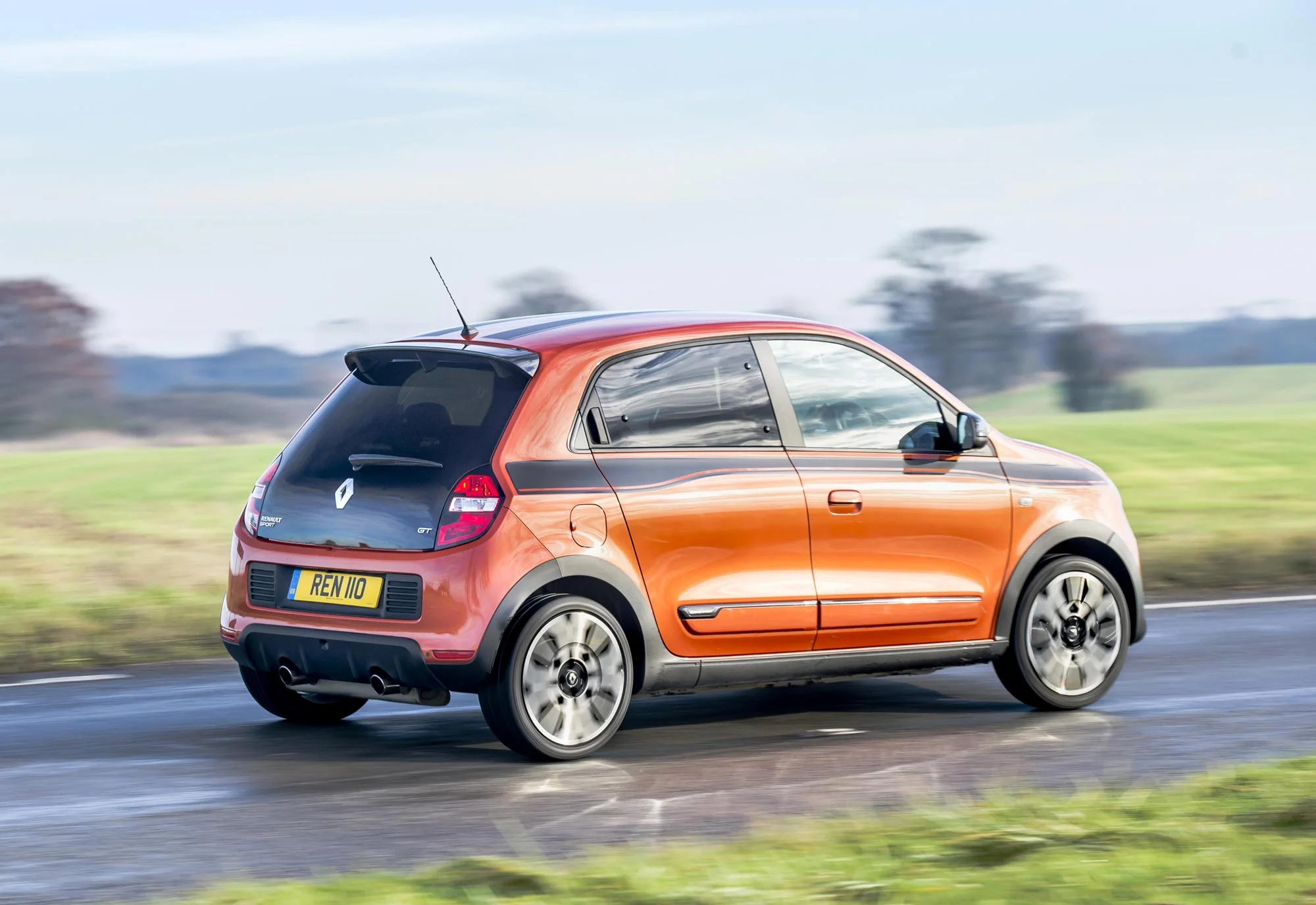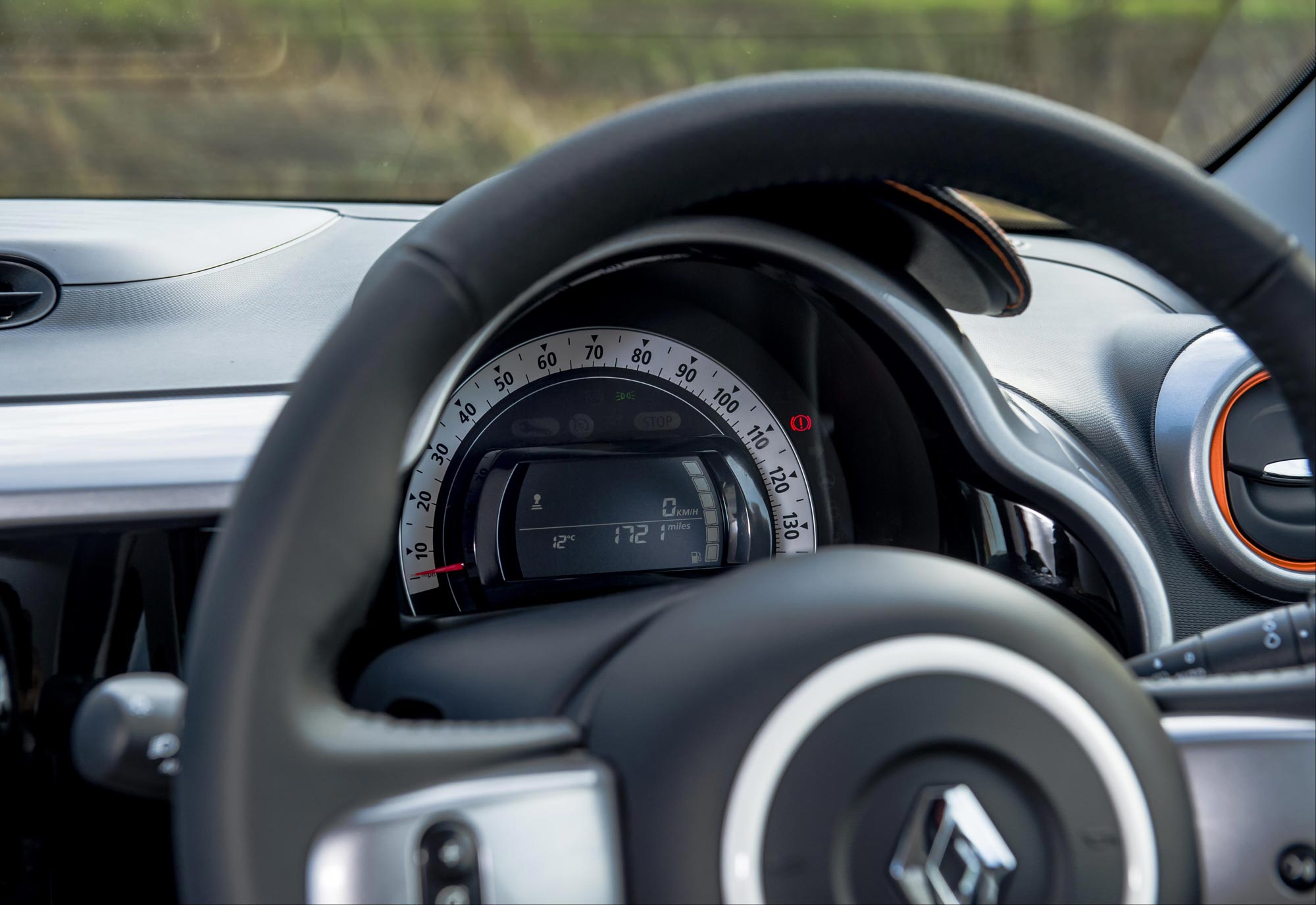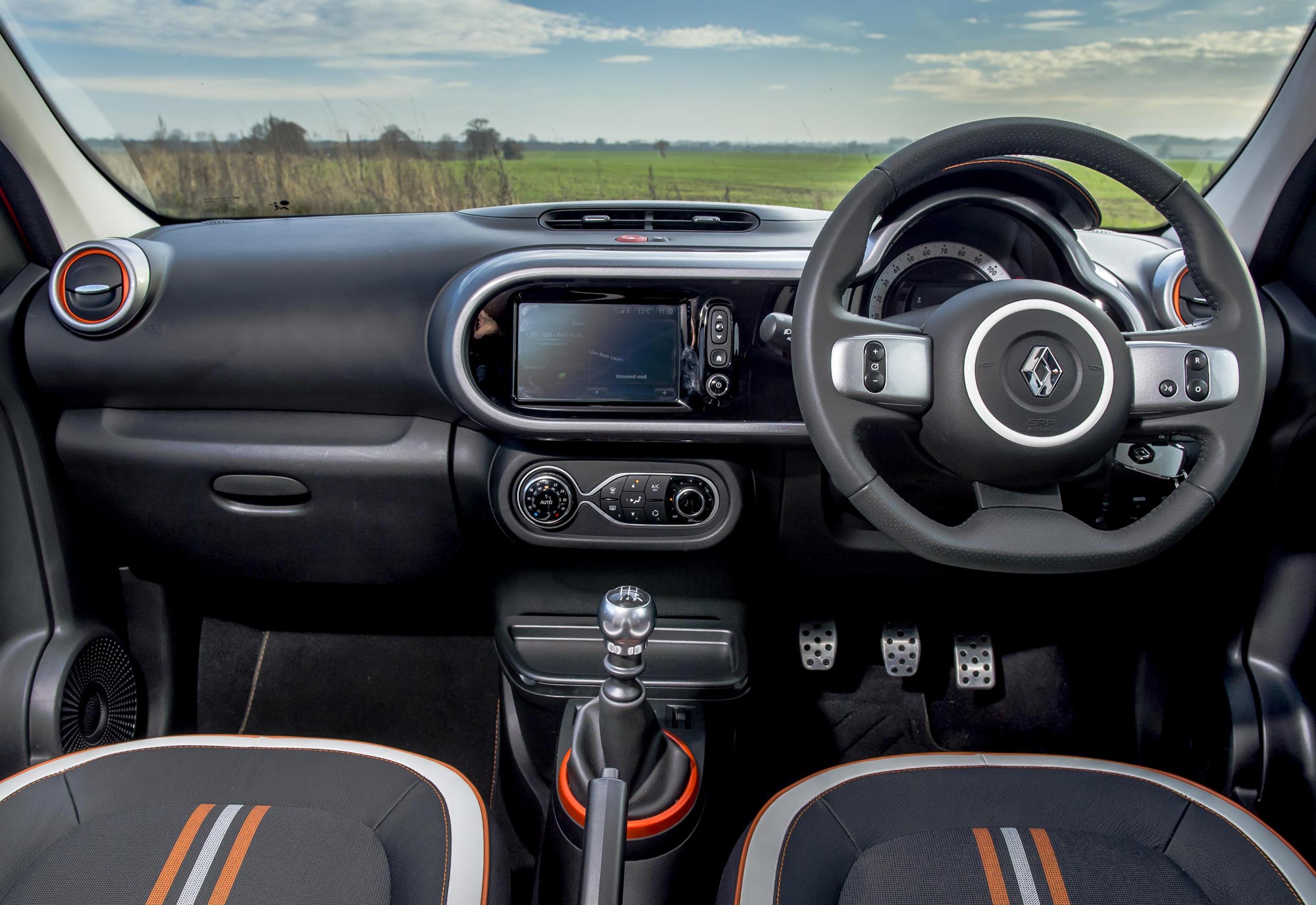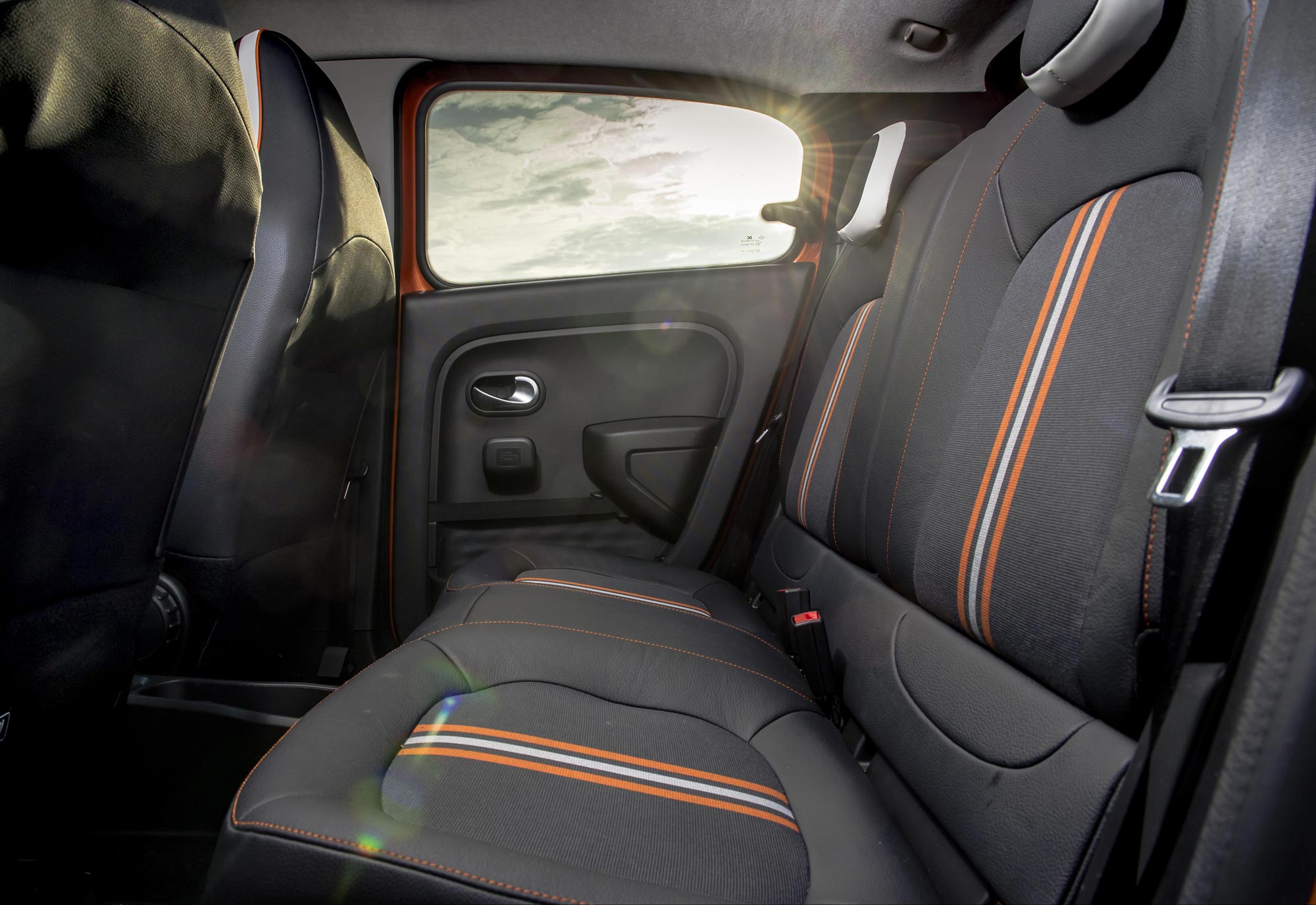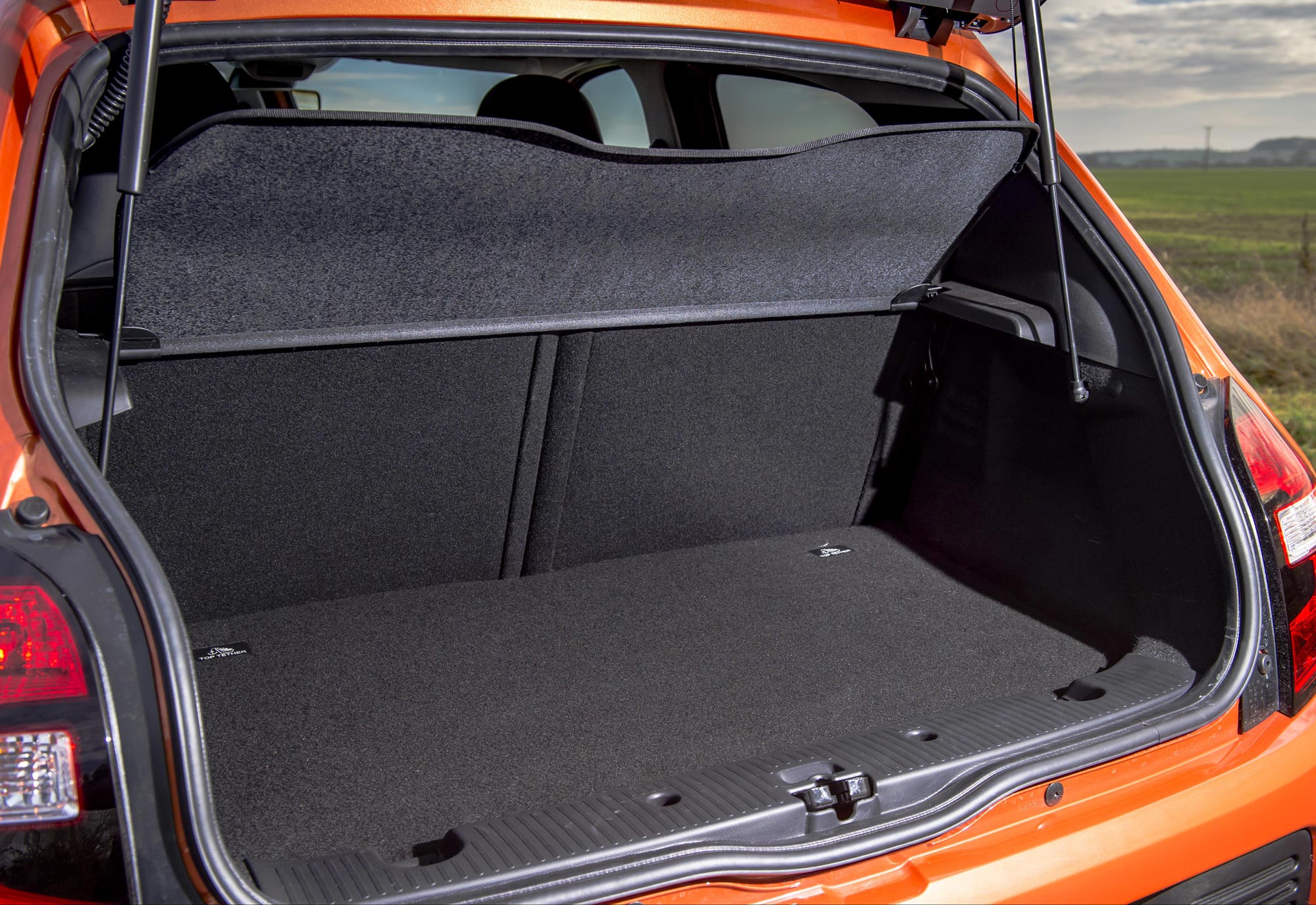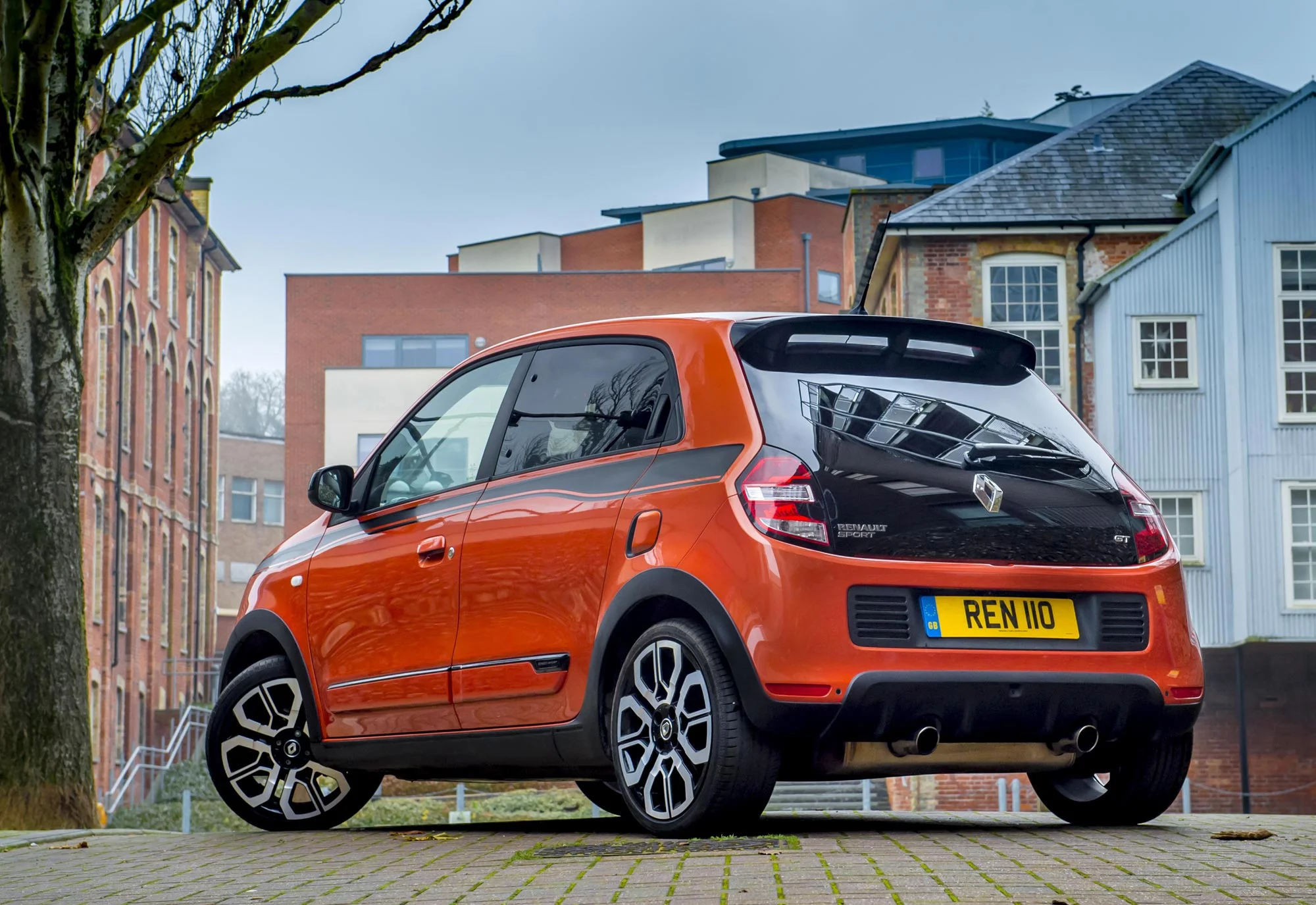Renault has put a bit more va va voom into its smallest hatchback and Chris Pickering has driven it.
When the third generation Renault Twingo arrived a couple of years ago it raised the possibility of something really quite special. Surely RenaultSport– the team responsible for some of the most hardcore hot hatches ever made – would be able to work wonders with the Twingo’s rear-engined rear-wheel drive layout?
Sadly we’ll never know as Renault insists this warm GT version is as extreme as the Twingo will ever get. So, bad news if you were expecting a successor to the legendary – and rather bonkers – mid-engined Clio V6. Nonetheless, it has been treated to a fairly comprehensive range of tweaks.
Most obvious are the changes to the Twingo’s 898 cc three-cylinder turbo engine. Officially, the main reason there won’t be a full-strength RenaultSport version is that there’s not enough room in the tiny rear engine bay to accommodate a larger, more powerful motor. The engineers in Dieppe have, however, been able to squeeze an extra 20 PS out of the three-pot (or an extra 40 PS if you compare it to the base model), along with a substantial increase in torque. That’s thanks to a remap and a new cold air feed from the vent that’s sprouted out of the GT’s rear left wheel arch. In total, it brings the figures up to 109 PS and 170 Nm.
The increase in urge is quite noticeable on the road. It’s still not a rocket ship, but the Twingo GT is quicker than most of its city car rivals, with a claimed 9.6-second 0-to-62 mph time and a top speed of 113 mph. The throttle response is also improved, although it can’t disguise the underlying turbo lag; while the initial pick-up is very good, it’s followed by a slight lull before full boost arrives.
There’s a satisfying three-cylinder growl under acceleration. At higher speeds it tends to be drowned out by the wind and road noise, but around town it adds a pleasing dose of character, particularly given that the noise is very definitely coming from behind you (as it tends to do on far more exotic machinery). There’s even a slightly over-the-top snort on start up.
Renault Sport has also had a hand in the suspension. The Twingo GT rides 20 mm lower than the standard car on a natty set of 17-inch alloys, with thicker anti-roll bars and 40% stiffer springs and dampers. The end result is a useful boost in agility with little detriment to the ride quality.
Sniff out some B-roads and the Twingo GT acquits itself well up to a point. The chunky steering wheel feels great to hold, but it doesn’t offer much feedback. Similarly, there’s a pleasing wheel-at-each-corner feel to the chassis, but virtually zero adjustability. We’re told that Renault Sport has recalibrated the non-switchable ESP to allow a little more slip, but as hard as we dared try on the public road we couldn’t summon any. To be fair, that’s probably a great source of comfort if your 17-year old offspring is at the wheel, but it reinforces the message that this is a city car with a bit of added fun-factor, rather than a full-on Renault Sport head banger.
If that all sounds a bit style-over-substance it’s because the Twingo GT arguably is. That’s not necessarily a bad thing, though. It adds a bit of interest to the standard recipe without anything that might catch out the unwary. It also remains a cheap car to run at a claimed 54 mpg, although it’s worth bearing in mind that the 70 PS stop-start version will crack 67 mpg (at least on paper). Elsewhere, the CO2 increase over the standard models will set you back a maximum of £40 more in the first year and make precisely no difference at all thereafter, providing you buy once the new VED brackets come into effect in April.
Inside, it’s a similar story. The drilled aluminium pedals will feel at home to anyone who’s ever driven a go-faster Clio, while the new sports gear knob – superficial as this may sound – falls brilliantly to hand. The five-speed manual gearbox has quite a long throw, but it shifts slickly and it has a lowered set of ratios, which adds to the entertainment of keeping that little triple on the boil.
A series of orange trim highlights brighten up the cabin, which is reasonably well screwed together by small car standards. The part-leather sports seats look and feel good too, and there are the obligatory exterior tweaks, including new side skirts, extended wheel arches and a twin-exhaust.
Insurance-wise, Regular Twingos range from Group 2E to Group 8E, while the GT comes in at 11E. Strangely, however, the GT actually came out cheaper than the next most powerful model when we tried it on a comparison site.
Finally, there’s the price. At £13,775 it represents an £870 increase over the 90 PS version in top-spec Dynamique S trim. If you’re looking for a city car with a sportier image and a touch of added athleticism it’s worth the extra outlay, just be mindful that the standard car covers most of the same bases.

